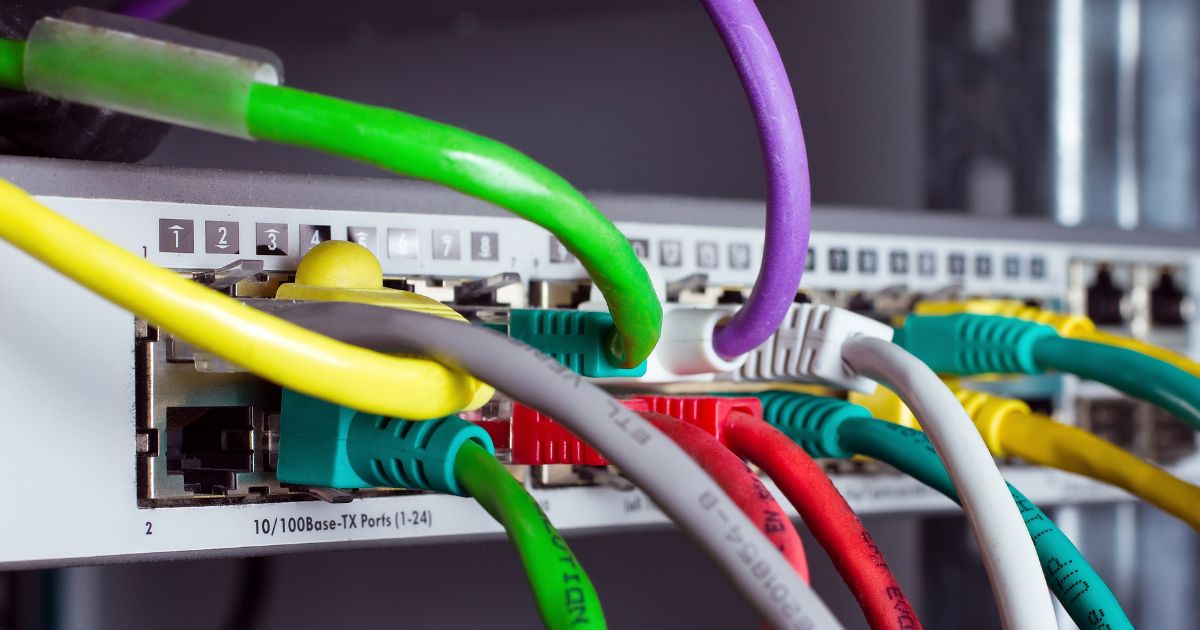
Extending the Reach of Network Appliances
In today’s digital age, the importance of robust and efficient network infrastructure cannot be overstated. Network appliances play a crucial role in ensuring that organizations maintain seamless connectivity, data security, and optimal performance across their IT ecosystems. These specialized devices, which include routers, firewalls, switches, and load balancers, are designed to manage and optimize network traffic. However, as businesses grow and technology evolves, the need to extend the reach of these network appliances becomes increasingly apparent. This blog explores strategies and best practices for enhancing the capabilities and coverage of network appliances, ensuring they continue to meet the demands of modern enterprises.
Understanding Network Appliances
Before delving into the ways to extend their reach, it is essential to understand what network appliances are and why they are vital. Network appliances are dedicated hardware devices or software solutions that perform specific network functions. They are engineered to handle tasks such as routing, switching, load balancing, and security management. By offloading these tasks from general-purpose servers, network appliances improve network efficiency and reliability.
Network appliances come in various forms, including physical devices, virtual appliances, and cloud-based solutions. Physical network appliances are traditional hardware units installed in data centers or on-premises. Virtual appliances, on the other hand, are software instances that run on virtualized environments. Cloud-based network appliances leverage cloud infrastructure to provide network services, offering scalability and flexibility.
The Need to Extend the Reach of Network Appliances
As organizations expand, their network requirements grow more complex. Here are some key reasons why extending the reach of network appliances is essential:
- Scalability: As businesses grow, they require more extensive and robust network infrastructures. Extending the reach of network appliances ensures that they can handle increased traffic and user demands.
- Geographical Expansion: Organizations with multiple locations need to maintain seamless connectivity across all sites. Extending network appliances’ reach helps in creating a unified network experience, regardless of geographical boundaries.
- Enhanced Security: With the rise of cyber threats, enhancing the reach of network appliances like firewalls and intrusion detection systems is crucial for comprehensive security coverage.
- Performance Optimization: To ensure optimal performance, network appliances must be capable of handling increased data loads and managing traffic efficiently. Extending their reach helps in load balancing and traffic distribution.
Strategies for Extending the Reach of Network Appliances
1. Leveraging Cloud-Based Solutions
Cloud-based network appliances offer unmatched scalability and flexibility. By deploying network appliances in the cloud, organizations can easily extend their reach without the need for significant hardware investments. Cloud-based solutions also provide the advantage of centralized management, making it easier to monitor and control network traffic across different locations.
2. Implementing Software-Defined Networking (SDN)
Software-Defined Networking (SDN) is a revolutionary approach that separates the control plane from the data plane, allowing for centralized management of network resources. By using SDN, organizations can extend the reach of their network appliances by dynamically adjusting network configurations based on traffic patterns and demands. This approach enhances flexibility and ensures optimal utilization of network resources.
3. Deploying Virtual Network Appliances
Virtual network appliances offer a cost-effective way to extend the reach of network appliances. These software-based solutions can be easily deployed on existing hardware or virtualized environments. Virtual appliances provide the same functionality as physical devices but with added flexibility and scalability. Organizations can quickly spin up new instances to handle increased traffic or to extend coverage to new locations.
4. Utilizing Edge Computing
Edge computing involves processing data closer to the source of data generation, reducing latency, and improving performance. By deploying network appliances at the edge of the network, organizations can extend their reach and provide faster, more efficient services. Edge computing is particularly beneficial for applications that require real-time processing, such as IoT devices and autonomous systems.
5. Integrating with Existing Infrastructure
To extend the reach of network appliances, it is crucial to ensure seamless integration with existing infrastructure. This involves leveraging technologies like VPNs (Virtual Private Networks) and MPLS (Multiprotocol Label Switching) to create secure and reliable connections between different network segments. By integrating network appliances with the broader network architecture, organizations can achieve comprehensive coverage and enhanced performance.
6. Implementing Network Function Virtualization (NFV)
Network Function Virtualization (NFV) is a transformative technology that virtualizes network functions, allowing them to run on standard hardware. NFV enables organizations to extend the reach of network appliances by deploying virtualized network functions on demand. This approach reduces hardware dependency and allows for greater flexibility in scaling network services.
7. Adopting Mesh Networking
Mesh networking involves creating a network topology where each node connects directly to multiple other nodes. This decentralized approach enhances network resilience and extends the reach of network appliances by ensuring multiple pathways for data transmission. Mesh networking is particularly useful in large-scale deployments and in environments where traditional network infrastructure is challenging to implement.
Best Practices for Extending Network Appliances
- Regularly Update and Patch Appliances: Keeping network appliances up to date with the latest firmware and security patches ensures optimal performance and protection against vulnerabilities.
- Monitor Network Performance: Continuously monitoring network performance helps in identifying bottlenecks and areas where the reach of network appliances needs to be extended. Tools like network analyzers and performance monitoring software are invaluable in this regard.
- Optimize Configuration: Properly configuring network appliances is crucial for maximizing their reach. This includes setting up appropriate routing protocols, load balancing rules, and security policies.
- Plan for Future Growth: Anticipating future network demands and planning accordingly helps in extending the reach of network appliances. This involves capacity planning, scalability assessments, and investing in scalable solutions.
- Ensure Redundancy and Failover: Implementing redundancy and failover mechanisms ensures continuous network availability. This involves deploying backup appliances and configuring failover protocols to handle device failures.
Extending the reach of network appliances is a critical aspect of modern network management. By leveraging cloud-based solutions, SDN, virtual appliances, edge computing, and other advanced technologies, organizations can ensure their network infrastructure is scalable, secure, and capable of meeting evolving demands. Implementing best practices for network management and planning for future growth further enhances the effectiveness of network appliances. As businesses continue to expand and the digital landscape evolves, the importance of robust and flexible network appliances will only grow, making their extended reach a top priority for IT professionals.
Who Can I Contact For Help?
At Remee Wire & Cable, we understand the critical role that network appliances play in ensuring your organization’s seamless connectivity, security, and performance. As the digital landscape evolves, extending the reach of these vital tools is more important than ever. Our cutting-edge Activate™ extended distance cabling solutions and expert guidance ensure your network infrastructure grows and adapts with your business.
Remee offers its Activate™ lines of PowerPipe™ hybrid and copper cable families for distribution of power and data at extended distances. The copper Plenum rated cables are rated CL4P and certified to UL 1400-2. This family also includes Riser rated and Wet Location cables.
Contact us today to discover how we can help you enhance your network’s performance, security, and scalability. Together, let’s build the network of the future.


